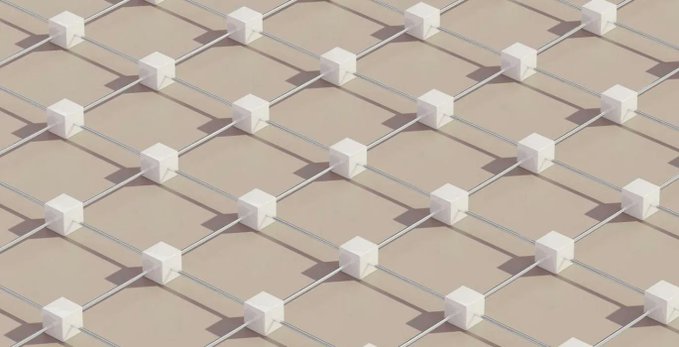How do you know that today’s most successful NFT blockchain will still be on top three months from now?
You don’t – and part of that uncertainty has to do with how “successful” is defined. In the infancy of the non-fungible token (NFT) space, maybe it was appropriate to obsess over sales volume. While that provides a snapshot of how blockchains rank at a moment in time in terms of a single metric, sales volume can no longer be considered the only indicator of current performance. Nor can it be relied on as an indicator of future performance.
Real-world consequences exist for ignoring other metrics. At the surface level, the value of the NFTs and in-game artifacts are diminished, while the price of the utility tokens that operate the platform could be penalized by the market. But the deeper consequence is that a blockchain’s sales volume is not indicative of how popular or scalable it might be.
Worldwide Asset eXchange, or WAX, is in a position to form a considered opinion on the subject. While its volume numbers are healthy, the project’s founders are adamant that this is not a sufficient goal for an expanding blockchain ecosystem.
Mots-clés : cybersécurité, sécurité informatique, protection des données, menaces cybernétiques, veille cyber, analyse de vulnérabilités, sécurité des réseaux, cyberattaques, conformité RGPD, NIS2, DORA, PCIDSS, DEVSECOPS, eSANTE, intelligence artificielle, IA en cybersécurité, apprentissage automatique, deep learning, algorithmes de sécurité, détection des anomalies, systèmes intelligents, automatisation de la sécurité, IA pour la prévention des cyberattaques.






